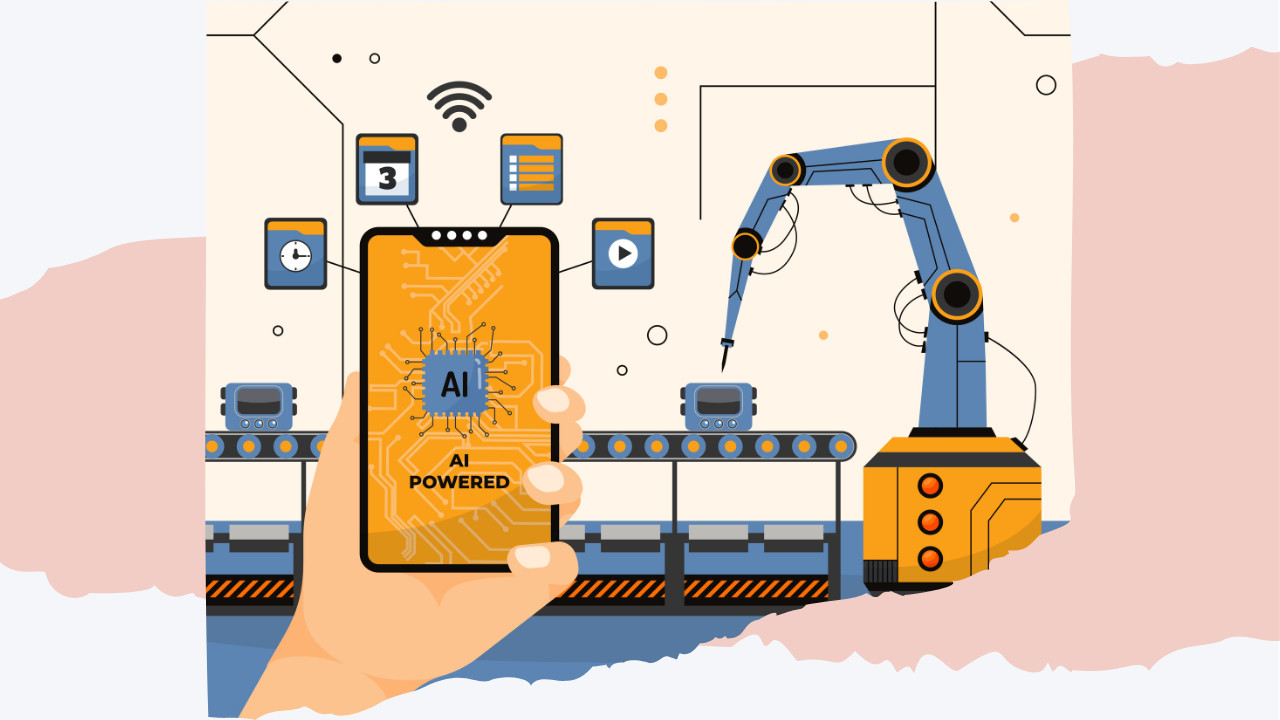From Pilot to Plant-Wide: Ensuring Scalable AI Solutions in Manufacturing
In the rapidly evolving manufacturing sector, digital transformation is not just a trend but a necessity. Leveraging technologies such as AI and machine learning (ML) can lead to significant improvements in efficiency, quality, and decision-making. However, the success of these initiatives hinges on several critical factors, including scalability, foundational understanding, and the right AI/ML software capabilities. This article explores these elements to provide a comprehensive guide for manufacturers embarking on their digital transformation journey.
Scalability Considerations for Digital Transformation Success
When embarking on digital transformation initiatives, considering scalability from the outset is crucial to avoid regrets and costly rework later. Neglecting scalability can lead to projects stalling in what is often referred to as “pilot purgatory.” Therefore, it is essential to contemplate how to expand a successful initial project to other areas of the organization.
What is pilot purgatory?
Pilot purgatory is a phrase used to describe when AI and machine learning initiatives get stuck in the pilot phase because teams don’t think about scalability early in the process. If companies don’t consider how to take their project to the next level after a pilot, they may end up having to redo some of the work. This can increase the cost of a project and prevent the widespread adoption of these technologies.
Foundational Understanding for Digital Transformation Success
A strong foundational understanding of digital transformation projects in manufacturing is about understanding the existing processes, technology, and people within an organization to effectively implement new technologies and achieve desired outcomes. This foundation enables a company to understand its starting point, set realistic expectations, and effectively integrate new tools into its existing workflows. Here are some key aspects of a strong foundation:
- Vision and Strategy: A clear understanding of short-term, medium-term, and long-term goals for the digital transformation journey is crucial. This shared vision helps align stakeholders and ensures everyone is working towards the same objectives.
- Process Understanding: A thorough understanding of existing processes, including their strengths and weaknesses, is essential before implementing any digital solutions. Attempting to digitize a flawed process will not magically resolve its inherent issues; it may exacerbate them.
- People and Skills: Assessing the existing workforce’s skills and identifying any potential gaps is necessary. This step ensures that the organization has the right people to support the implementation and adoption of new technologies.
- Technology Assessment: Evaluation of the current technology infrastructure, including its compatibility with new solutions and the organization’s ability to connect and collect data from equipment, is crucial for success.
- Data Management: Establishing a robust data management system to collect, store, and analyze data is fundamental to any digital transformation initiative, especially when leveraging AI and ML. Without reliable, high-quality data, the effectiveness of these technologies is significantly diminished.
By addressing these foundational elements, manufacturers can avoid common pitfalls such as unrealistic expectations, project delays, and resistance to adoption, ultimately increasing the likelihood of a successful digital transformation journey.
Five key capabilities to consider when choosing AI/ML software
When choosing AI/ML software, manufacturers should look for the following five key capabilities:
- Analyze: The software should allow you to easily interact with your data and analyze it to quickly gain insights.
- Monitor: The software should be able to continuously monitor all layers of your operations, from sensors and equipment to processes and control loops, to detect anomalies earlier than humans can.
- Predict: The software should be able to use your data to forecast and predict things like quality and downtime.
- Simulate: The software should allow you to create digital twin models that simulate the behavior of your processes or assets. These models can be used for what-if analyses to support better and faster decision-making.
- Optimize: The software should include optimization algorithms that can automatically adjust settings in your plant and processes in real-time, where safe and feasible, to improve throughput and quality.
Digital transformation in manufacturing holds immense potential, but success relies heavily on scalability, a strong foundational understanding, and the right AI/ML software capabilities. By addressing these elements, manufacturers can navigate common challenges, avoid pitfalls, and fully realize the benefits of their digital transformation efforts.
For more insights, watch “The Insight Factory: Driving Decision-Making with AI and Machine Learning” on-demand video.
This article was generated using notebooklm and chatGPT based on the session’s video transcript. It was verified and edited by IIoT World’s team.



